- Blogs
- The Insulation Dilemma: Do Plastic Pipes Need Insulating?
The Insulation Dilemma: Do Plastic Pipes Need Insulating?
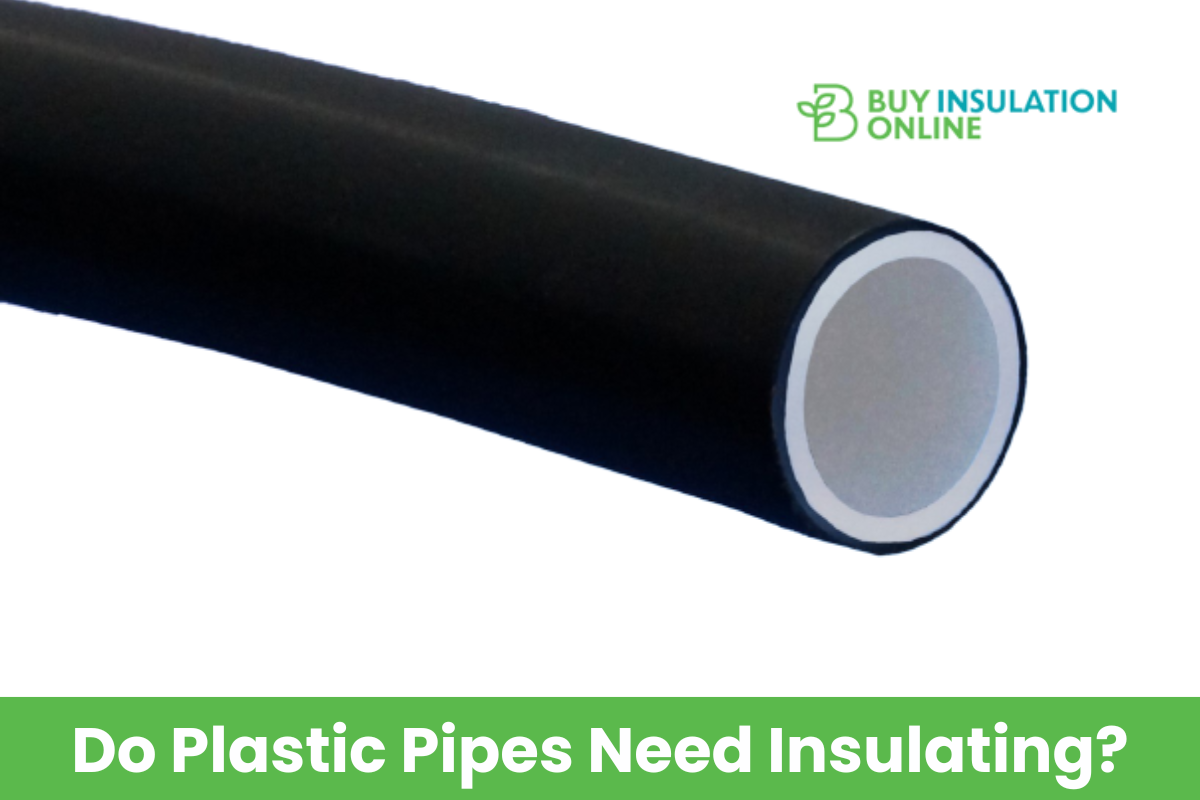
Do Plastic Pipes Need Insulation?
Plastic pipes are increasingly utilized in the HVAC industry, with claims from manufacturers suggesting that insulation is unnecessary or that thinner insulation can be used. However, it is crucial to consider the thermal conductivity of plastic pipes, which exceeds that of insulation materials such as rigid phenolic insulation.
A mere 10 mm plastic pipe wall thickness equates to a meagre 1 mm of insulation. Consequently, the insulating properties of plastic pipes have a limited impact on the required insulation thickness to meet heat loss control standards.
It is imperative to note that plastic pipes necessitate insulation to the same degree as copper pipes in order to prevent energy loss. By insulating plastic pipes, up to 75% of heat loss/gain can be mitigated, resulting in energy conservation, enhanced building energy efficiency, and a reduced carbon footprint.
Additionally, proper insulation maintains consistent temperatures within the pipes and prolongs the lifespan of the plastic pipes.
Key Takeaways
- The thermal conductivity of plastic used in pipe manufacture is much higher than that of insulation materials, such as rigid phenolic insulation.
- The thickness of insulation required for plastic pipes is similar to that required for steel pipes in most cases.
- Claims that plastic pipes do not require insulation or need less insulation should be treated with caution.
- Insulating plastic pipes is important to prevent heat loss/gain and meet national specifications and regulations.
The Insulating Properties of Plastic Pipes
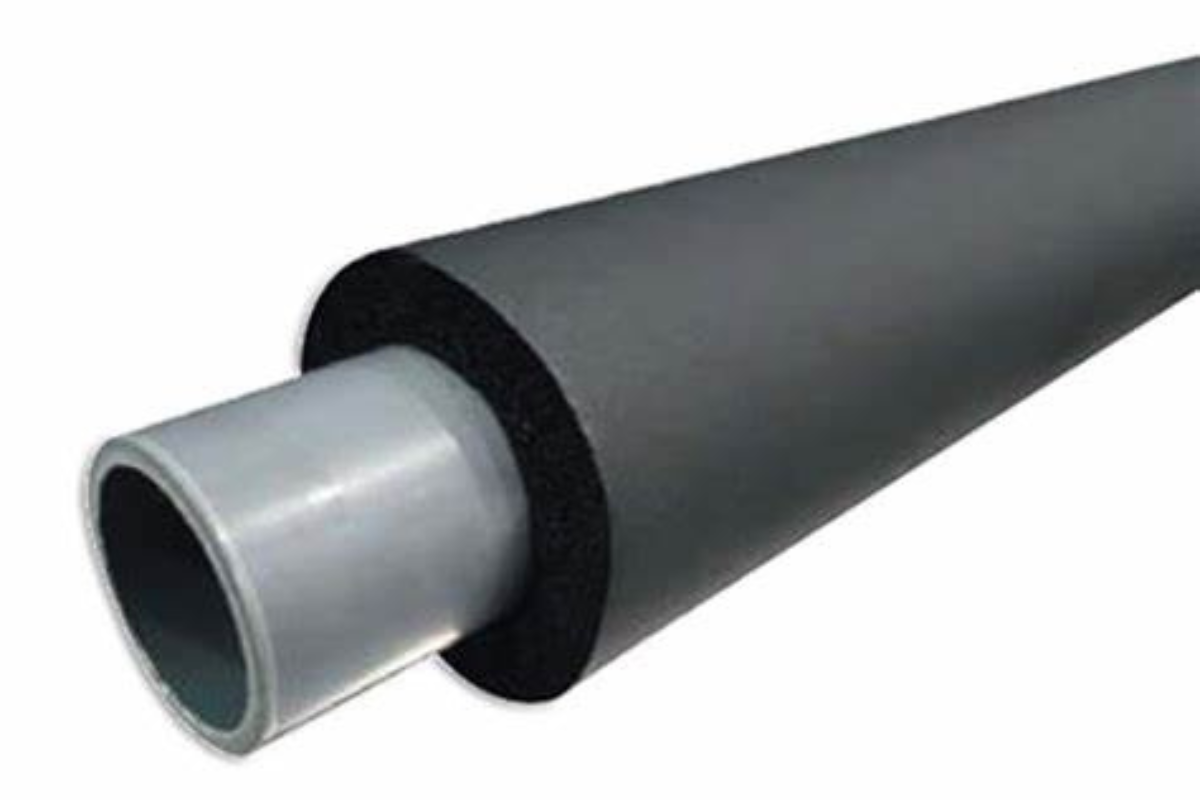 The insulating properties of plastic pipes are so insignificant that they have a minimal effect on the required thickness of insulation to meet the requirements of BS5422: 2001. Plastic pipes have a thermal conductivity of approximately 0.16 to 0.22 W/m.K. In comparison, Kingspan Kooltherm® zero ODP rigid phenolic insulation has a thermal conductivity of 0.021 W/m.K. This means that a 10 mm plastic pipe wall thickness is equivalent to only 1 mm of Kingspan Kooltherm® insulation. The minimal insulation effect of plastic pipes does not significantly impact the required thickness of insulation.
The insulating properties of plastic pipes are so insignificant that they have a minimal effect on the required thickness of insulation to meet the requirements of BS5422: 2001. Plastic pipes have a thermal conductivity of approximately 0.16 to 0.22 W/m.K. In comparison, Kingspan Kooltherm® zero ODP rigid phenolic insulation has a thermal conductivity of 0.021 W/m.K. This means that a 10 mm plastic pipe wall thickness is equivalent to only 1 mm of Kingspan Kooltherm® insulation. The minimal insulation effect of plastic pipes does not significantly impact the required thickness of insulation.
The primary purpose of insulation is to control heat loss/gain and improve energy efficiency. Insulating plastic pipes reduces heat loss/gain by up to 75% compared to uninsulated pipes. This leads to energy savings and contributes to reducing a building's carbon footprint. Insulating plastic pipes is equally important as insulating metal pipes. Using closed cell foam insulation, such as AP ArmaFlex®, is ideal for plastic, PVC, or PEX piping as it offers effective protection against energy loss and condensation.
Insulating plastic pipes not only saves energy and reduces costs but also has environmental benefits. It helps conserve natural resources and minimizes the need for additional energy generation, thereby reducing greenhouse gas emissions. By aligning with environmental regulations and building codes, insulating plastic pipes promotes sustainability efforts.
The Impact of Insulating Plastic Pipes
Insulating plastic pipes significantly reduces heat loss/gain and is crucial for maintaining energy efficiency in buildings. The insulation effectiveness of plastic pipes should not be underestimated, despite claims that they require less insulation or none at all due to their inherent insulating properties. It is important to consider the thermal conductivity comparison between plastic pipes and insulation materials.
Plastic pipes have a thermal conductivity of approximately 0.16 to 0.22 W/m.K, whereas insulation materials such as rigid phenolic insulation have a thermal conductivity of 0.021 W/m.K. This means that even a 10 mm plastic pipe wall thickness is equivalent to just 1 mm of rigid phenolic insulation.
Insulation thickness requirements are determined by national specifications such as BS 5422: 2001, which regulates heat loss/gain control from both plastic and steel pipework. The charts provided in the source material show that the required insulation thickness for plastic pipes is not significantly different from that of steel pipes in the overwhelming majority of cases. Therefore, claims suggesting that plastic pipes do not require insulation or require less insulation should be approached with caution.
Insulating plastic pipes offers numerous energy efficiency benefits. It reduces heat loss/gain by up to 75% compared to uninsulated pipes, leading to long-term cost savings. Insulation helps maintain consistent temperatures within the pipes, reducing the need for excessive heating or cooling and contributing to a building's overall energy efficiency. Additionally, insulation protects plastic pipes against condensation in refrigeration and air-conditioning applications.
Benefits of Insulating Plastic Pipes
Insulation of plastic pipes contributes to energy savings and cost reduction. By insulating plastic pipes, heat loss/gain can be significantly reduced, resulting in improved energy efficiency and long-term savings. Insulation effectiveness is crucial in maintaining consistent temperatures within the pipes, minimizing the need for excessive heating or cooling. This not only saves energy but also reduces a building's carbon footprint, aligning with environmental regulations and building codes.
To illustrate the thermal conductivity comparison, consider the following table:
| Material | Thermal Conductivity (W/m.K) |
|---|---|
| Plastic Pipes | 0.16 - 0.22 |
| Copper Pipes | 385 |
| Steel Pipes | 63 |
From this table, it is evident that plastic pipes have a significantly lower thermal conductivity compared to copper and steel pipes. However, when compared to insulation materials, the thermal conductivity of plastic pipes is about six times higher. A 10 mm plastic pipe wall thickness is equivalent to only a millimeter or two of rigid phenolic insulation. Therefore, the slight insulation effect of the plastic pipe does not affect the required thickness of insulation.
In terms of environmental impact, insulating plastic pipes plays a crucial role in reducing a building's carbon footprint. The energy savings achieved through insulation contribute to sustainability efforts by minimizing the need for additional energy generation and reducing greenhouse gas emissions. Additionally, insulation helps conserve natural resources by reducing energy consumption.
Infact according to the new updated BS5422:2022 pipe insulation thickness guide, Single wall plastic pipework is now considered to have no insulative value of its own.
Therefore strictly speaking from a British Standard point of view, plastic pipework should receive the same insulation as any other type of material.
Energy Savings and Cost Reduction With Insulated Plastic Pipes
 Applying insulation to plastic pipes contributes to significant energy savings and cost reduction. Thermal insulation plays a crucial role in enhancing the energy efficiency of buildings by reducing heat loss and gain in the HVAC systems. Insulating plastic pipes effectively minimizes energy wastage, resulting in lower energy consumption and subsequent cost savings for building owners. By maintaining consistent temperatures within the pipes, insulation ensures that the heating or cooling systems do not need to work harder to compensate for heat loss, leading to improved energy efficiency.
Applying insulation to plastic pipes contributes to significant energy savings and cost reduction. Thermal insulation plays a crucial role in enhancing the energy efficiency of buildings by reducing heat loss and gain in the HVAC systems. Insulating plastic pipes effectively minimizes energy wastage, resulting in lower energy consumption and subsequent cost savings for building owners. By maintaining consistent temperatures within the pipes, insulation ensures that the heating or cooling systems do not need to work harder to compensate for heat loss, leading to improved energy efficiency.
In addition to energy savings, insulation also promotes pipe durability and sustainability benefits. Insulating plastic pipes helps extend their lifespan by protecting them against external factors such as temperature fluctuations, condensation, and mechanical damage. This reduces the need for frequent maintenance and replacement, resulting in long-term cost savings for building owners.
Furthermore, insulating plastic pipes aligns with sustainability efforts and environmental regulations. It contributes to the overall reduction of a building's carbon footprint by reducing energy consumption. Insulation minimizes the need for additional energy generation and helps conserve natural resources. By reducing greenhouse gas emissions, insulation supports sustainability goals and promotes environmental stewardship.
The Environmental Benefits of Insulating Plastic Pipes
The environmental benefits of insulating plastic pipes extend beyond energy savings and cost reduction. Insulation plays a crucial role in reducing a building's carbon footprint and contributing to sustainability efforts. By minimizing heat loss/gain, insulating plastic pipes helps to conserve energy and reduce the need for additional energy generation, thereby reducing greenhouse gas emissions. This aligns with environmental regulations and building codes that aim to promote energy efficiency and resource conservation.
In terms of energy efficiency, insulating plastic pipes can reduce heat loss/gain by up to 75% compared to uninsulated pipes. This leads to significant energy savings and contributes to a building's overall energy efficiency. Insulation helps maintain consistent temperatures within the pipes, reducing the need for excessive heating or cooling. This not only saves energy but also reduces energy wastage and associated costs.
From a sustainability perspective, insulating plastic pipes helps to minimize a building's carbon footprint. The energy savings achieved through insulation contribute to sustainability goals by reducing the demand for energy and decreasing greenhouse gas emissions. Insulation also helps conserve natural resources by reducing the need for excessive energy consumption.
Furthermore, insulating plastic pipes align with environmental regulations and building codes that emphasize the importance of energy efficiency and sustainability. By complying with these regulations, building owners and operators demonstrate their commitment to reducing environmental impact and promoting responsible resource management.
In summary, insulating plastic pipes offers a range of environmental benefits, including energy efficiency, carbon footprint reduction, sustainability benefits, compliance with environmental regulations, and resource conservation. By insulating plastic pipes, building owners and operators can contribute to a more sustainable future while enjoying the cost and energy savings associated with insulation.
- Environmental Benefits of Insulating Plastic Pipes
- Energy Efficiency
- Carbon Footprint Reduction
- Sustainability Benefits
- Compliance with Environmental Regulations
- Resource Conservation
Frequently Asked Questions
Q: What Are the Different Types of Plastic Pipes Commonly Used in Buildings?
There are different types of plastic pipes commonly used in buildings. These include polyvinyl chloride (PVC) pipes, cross-linked polyethylene (PEX) pipes, and polypropylene (PP) pipes.
PVC pipes are widely used for water supply and drainage systems due to their low cost and corrosion resistance. PEX pipes are commonly used for hot and cold water supply systems because of their flexibility and resistance to freezing. PP pipes are often used for industrial applications due to their high chemical resistance.
The advantages of plastic pipes include lightweight, ease of installation, and low maintenance requirements. However, they can be prone to UV degradation, have lower pressure ratings compared to metal pipes, and may require additional fire protection measures.
Q: Can Plastic Pipes Be Used for Both Hot and Cold Water Supply?
Plastic pipes can be used for both hot and cold water supply in buildings. They offer advantages such as being lightweight, corrosion-resistant, and easy to install. However, they also have disadvantages, including a shorter lifespan compared to metal pipes and the potential for leaching chemicals into the water.
The installation process for plastic pipes involves connecting them using fittings and adhesive. Maintenance requirements may include periodic inspections for leaks and damage.
Overall, plastic pipes provide a viable option for water supply, but proper insulation is necessary to prevent heat loss and freezing.
Q: How Does Insulating Plastic Pipes Reduce Heat Loss/Gain Compared to Uninsulated Pipes?
Insulating plastic pipes reduces heat loss/gain compared to uninsulated pipes, leading to improved energy efficiency. This is achieved through the use of insulation products and the prevention of heat transfer. Insulating techniques, such as using closed cell foam insulation, are effective for plastic, PVC, or PEX piping.
Insulation not only saves energy and reduces a building's carbon footprint, but also helps maintain consistent temperatures, extends the lifespan of plastic pipes, and reduces maintenance costs. Therefore, insulating plastic pipes is essential for energy efficiency improvement.
Q: What Are Some Specific Insulation Products Designed for Insulating Plastic, PVC, or PEX Piping?
Insulation products specifically designed for insulating plastic, PVC, or PEX piping are available in the market. These products play a crucial role in reducing heat loss/gain compared to uninsulated pipes.
The installation process involves applying closed cell foam insulation, such as AP ArmaFlex®, to the plastic pipes. Insulating plastic pipes offers various benefits, including energy savings, cost reduction, and protection against condensation.
It is a cost-effective measure that extends the lifespan of the pipes and aligns with environmental regulations. Regular maintenance and proper insulation contribute to the overall efficiency of the building.
Q: How Does Insulating Plastic Pipes Contribute to a Building's Overall Energy Efficiency?
Insulating plastic pipes significantly contributes to a building's overall energy efficiency. This is due to several factors.
First, insulation reduces heat loss/gain by up to 75% compared to uninsulated pipes, resulting in energy savings.
Second, the thermal conductivity of plastic pipes is much higher than that of insulation materials, emphasizing the need for insulation to maintain consistent temperatures.
Additionally, insulation extends the lifespan of plastic pipes, reducing long-term costs and aligning with sustainability goals by reducing energy consumption and greenhouse gas emissions.
Q : Do you need to insulate plastic pipes?
Yes, you do. Plastic pipes should be insulated in the same way as copper pipes, in the same locations and under the same circumstances.
The difference between plastic and copper pipes is that plastic pipes can expand to accommodate the expansion of water when it freezes. Copper pipes, on the other hand, will eventually split if water freezes inside them.
Even though plastic pipes can accommodate ice better than copper pipes, it is still important to insulate them to prevent water from freezing in the first place.
Here is a more concise version of the text:
Plastic pipes should be insulated like copper pipes to prevent freezing.
Q: How much insulation is needed for plastic pipes?
A: The amount of insulation required for plastic pipes depends on various factors such as the temperature of the water, the length of the pipe, and the surrounding environment. It is recommended to use insulation with a minimum thickness of 20mm for hot water pipes and 9mm for cold water pipes.
Q: Do all types of plastic pipes need to be insulated?
A: Yes, it is important to insulate all types of plastic pipes to prevent heat loss and maintain the efficiency of the heating system. Whether it is hot water pipes or cold water pipes, insulation helps in reducing energy consumption and prevents potential issues such as freezing or bursting of pipes during cold weather.
Q: What are the benefits of lagging pipework?
A: Lagging pipework provides several benefits such as reducing heat loss, preventing condensation, protecting the pipes from freezing, and improving energy efficiency. It also helps in reducing the noise caused by water flow and increasing the lifespan of the plumbing system.
![]() Q: Can I use any type of insulation on plastic pipes?
Q: Can I use any type of insulation on plastic pipes?
A: Yes, you can use various types of insulation on plastic pipes, such as foam insulation sleeves, pre-formed insulation tubes, or insulating tape. Make sure to choose insulation that is suitable for the diameter of the pipe and provides sufficient thermal protection.
Q: Should I insulate both hot water and cold water pipes?
A: Yes, it is recommended to insulate both hot water and cold water pipes. Insulating hot water pipes helps in preventing heat loss, while insulating cold water pipes helps in preventing condensation and reduces the risk of freezing during cold weather.
Q: Can I install insulation myself, or do I need a professional?
A: You can install insulation on your own without the need for professional assistance. There are various DIY insulation products available in the market that are easy to install, such as foam sleeves that you can wrap around the pipes. However, if you are unsure or if your plumbing system is complex, it is recommended to seek professional help.
Q: How do I know if my pipes need lagging?
A: If your pipes are located in unheated areas such as in the loft space, under floorboards, or in an external outlook, or if you experience issues such as low water temperature, it is likely that your pipes need lagging. Consulting a plumber or a heating professional can help in verifying the insulation requirements for your specific situation.
Q: Can I use insulation on plastic pipes with fittings, joints, or bends?
A: Yes, you can use insulation on plastic pipes with fittings, joints, or bends. There are flexible insulation products available that can wrap around the pipes and fittings, providing a complete insulation barrier.
Q: Does insulation on plastic pipes affect the thermal performance of the pipes?
A: Insulation on plastic pipes helps in improving the thermal performance by reducing heat loss. Unlike copper pipes, plastic pipes have lower thermal conductivity, which means they retain heat better when properly insulated.

Samuel Hitch
Managing Director
Buy Insulation Online.
Leave A Reply
Your feedback is greatly appreciated, please comment on our content below. Your email address will not be published. Required fields are marked *








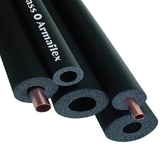
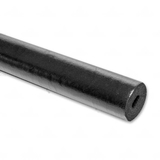
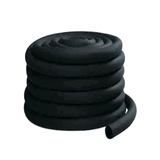

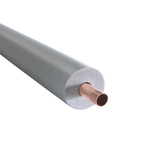
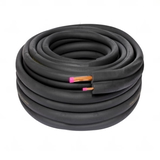
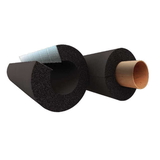

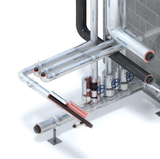
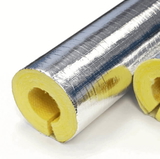
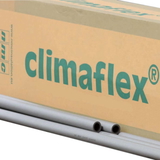
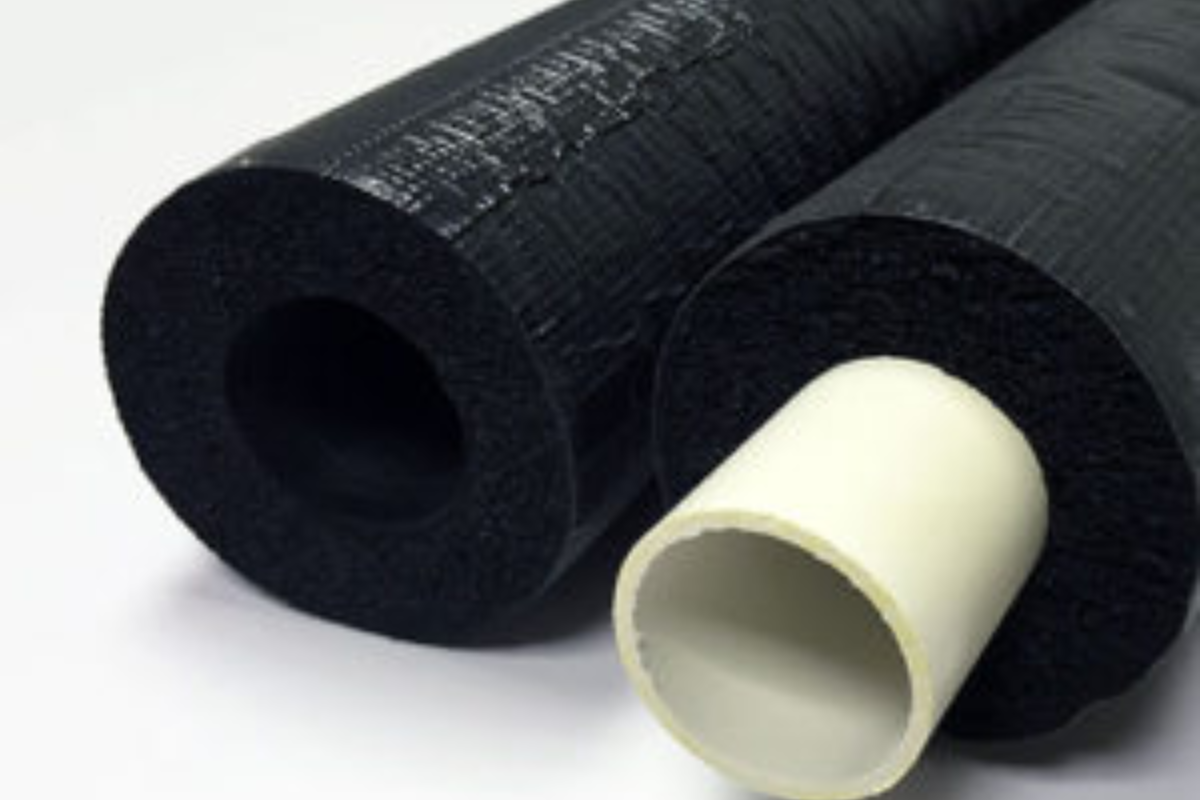 Q: Can I use any type of insulation on plastic pipes?
Q: Can I use any type of insulation on plastic pipes?




































































































































































































































































































































































































































